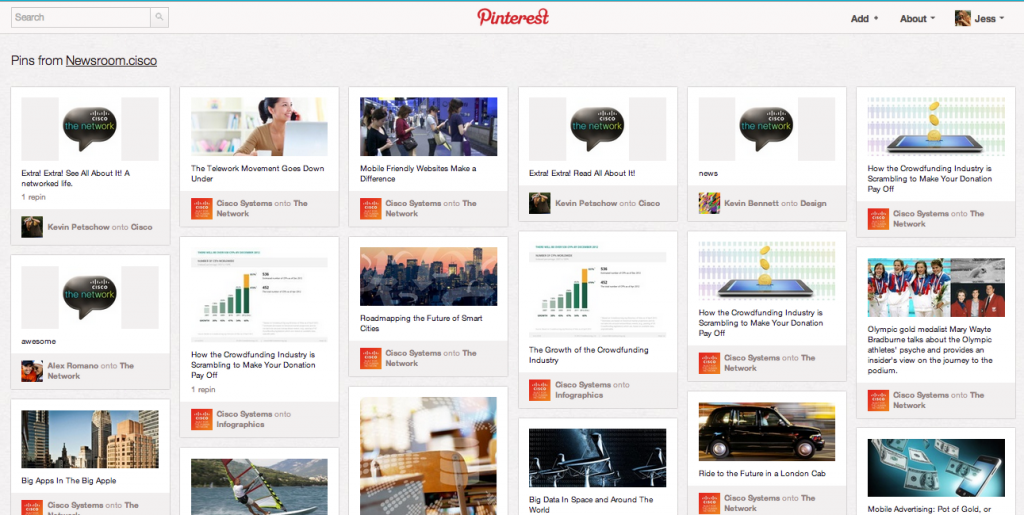
The Rise Of Identity-Based Pricing
Dynamic pricing doesn't just take the business and its competitors' margins into account. Online commerce sites are also experimenting with identification-based pricing, which prices items based on what is known about the customer, such as their buying history and browsing behavior. This can have both good and bad implications for the shopper.
On the plus side, if a site recognizes that this is the umpteenth time the same customer has window shopped for a particular item, an algorithm may try a lower price, just for that customer, to see if that will close the sale.
But if the site notices the customer has a history of buying high-priced items, it might presume they're willing to pay more for a given item and offer higher prices or more expensive choices, as Mac-using Orbitz customers learned to their dismay this summer.
Using identification-based pricing carries risks for retailers, too. A 2004 article in the Journal of Interactive Marketing looked at very early executions of the strategy...and concluded that consumers trusted price changes made by an ecommerce website when it was done based on timing or other business-related reasons, because that was perceived as fair and understood as the way businesses work. But when it came to the identity of the consumer affecting prices, shoppers quickly became uncomfortable. (my emphasis)
But given today's emphasis on mobile transactions and personalized shopping - not to mention increasing online competition and margin pressures - identity-based pricing isn't likely to go away. Look for more and more retailers to gradually expand dynamic pricing criteria beyond timing and inventory to who is the customer. It won't make privacy advocates happy, and it could scare off shoppers in the long run, but in the current economy, it will be hard for e-tailers to resist anything that boosts profits right away.








